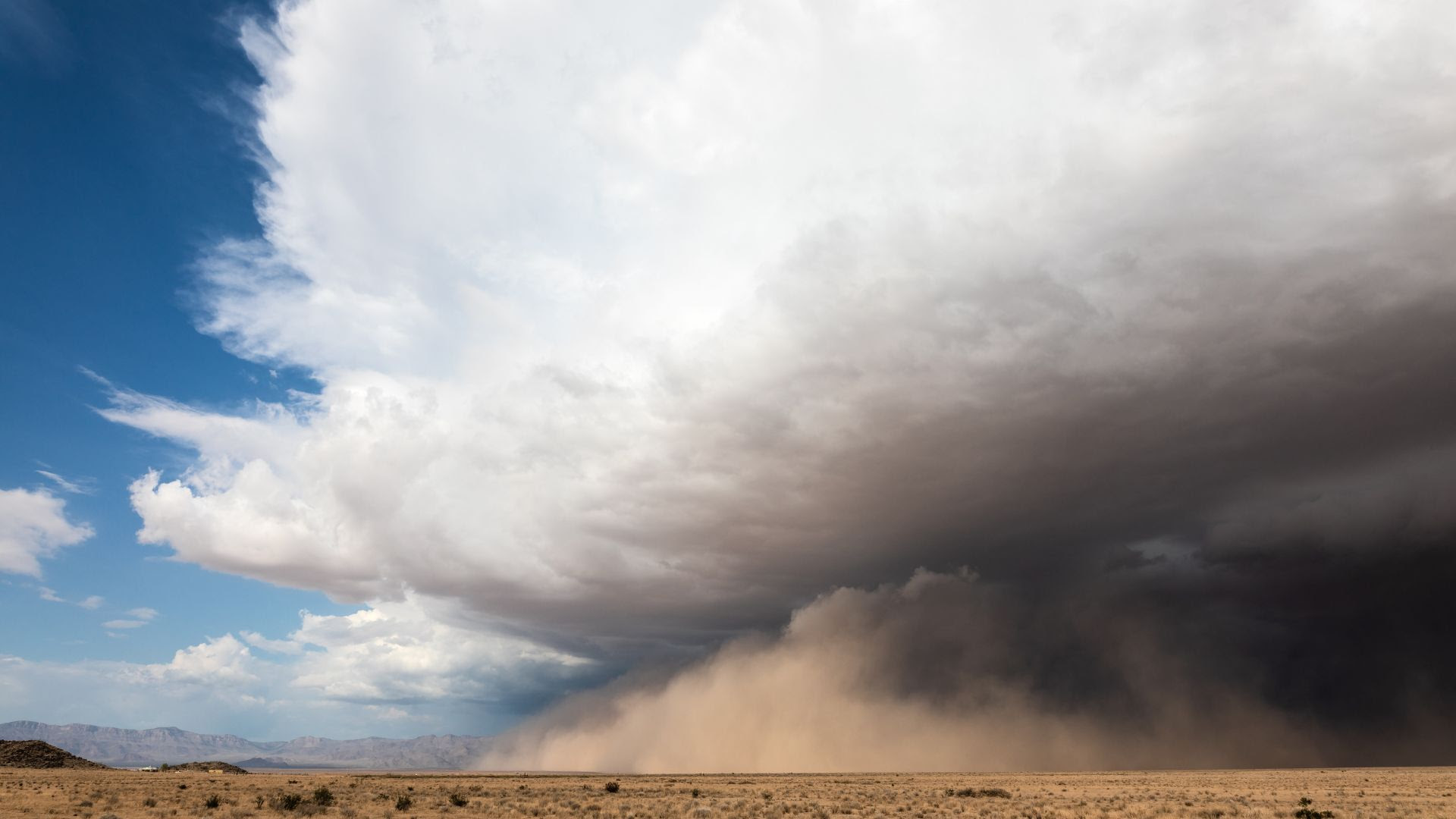PrashantNews
Sand and dust storms are exacting an increasing toll on the health and economies, according to a new report from the World Meteorological Organization (WMO), which underlines the need for continued improvements in monitoring, forecasting and early warnings.
The annual WMO airborne dust report highlights hotspots and impacts of a hazard which affects about 330 million people in more than 150 countries worldwide. It is one of a suite of WMO scientific products to inform policy-making and to improve public safety and well-being.
Although the global average of annual mean dust surface concentrations in 2024 was slightly lower than in 2023, there were big regional variations. In the most affected areas, the surface dust concentration in 2024 was higher than the long-term 1981-2010 average.
Every year, around 2,000 million tons of sand and dust enters the atmosphere – equivalent to 307 Great Pyramids of Giza. More than 80% of the global dust budget originates from the North African and Middle Eastern deserts and can be transported for hundreds and even thousands of kilometers, across continents and oceans.
Much of this is a natural process, but poor water and land management, drought and environmental degradation are increasingly to blame.
“Sand and dust storms do not just mean dirty windows and hazy skies. They harm the health and quality of life of millions of people and cost many millions of dollars through disruption to air and ground transport, on agriculture and on solar energy production,” says WMO Secretary-General Celeste Saulo.
“This Bulletin shows how health risks and economic costs are rising – and how investments in dust early warnings and mitigation and control would reap large returns,” she said. “This is why sand and dust storms are one of the priorities of the Early Warnings for All Initiatives.
The report was released to coincide with the International Day of Combating Sand and Dust Storms on 12 July.
Health impacts
A new sand and dust storm indicator developed by WMO and the World Health Organization shows that 3.8 billion people (nearly half the world’s population) were exposed to dust levels exceeding WHO’s safety threshold between 2018–2022. This represents a 31% increase from 2.9 billion people (44.5%) during 2003–2007.
Exposure varied widely, from only a few days in relatively unaffected areas to more than 87% of days—equivalent to over 1,600 days in five years—in the most dust-prone regions. This indicator and the associated findings were published in the Lancet Countdown on Health and Climate Change: 2024 Global Report.
Economic costs
The economic impact is often under-estimated, according to a case study from the United States of America. In the USA alone, dust and wind erosion cost an estimated USD 154 billion in 2017- more than a fourfold increase over the 1995 calculation.
The estimate included costs to households, crops, wind and solar energy, mortality from fine dust exposure, health costs due to Valley fever, and transport. The true cost of dust was certainly much higher, since reliable national-scale evaluations of many of dust’s other economic impacts (for example, on human morbidity, the hydrological cycle, aviation and rangeland agriculture) were not available, according to the study which was published in Nature.
Major Sand and Dust storms in 2024
Canary Islands: A surge of strong Harmattan winds across a vast region of north-western Africa transport north from the western Sahara desert to Spain’s Canary Islands in December, impacting the area where most people live.
East Asia: There were 14 sand and dust storms, mostly in spring. At the end of March, fierce winds from a strong Mongolian cyclone swept large amounts of dust to densely populated regions in northern China. Beijing recorded a peak PM10 concentration of over 1 000 µg m–3, and visibility dropped to 1 km.
In June Beijing and northern China were hit by a rare summer sand and dust storm. Poor vegetation growth due to high spring temperatures and drought in Mongolia played a big role, drawing public attention to the increasing occurrence of summer dust storms driven by extreme weather in a changing climate.

